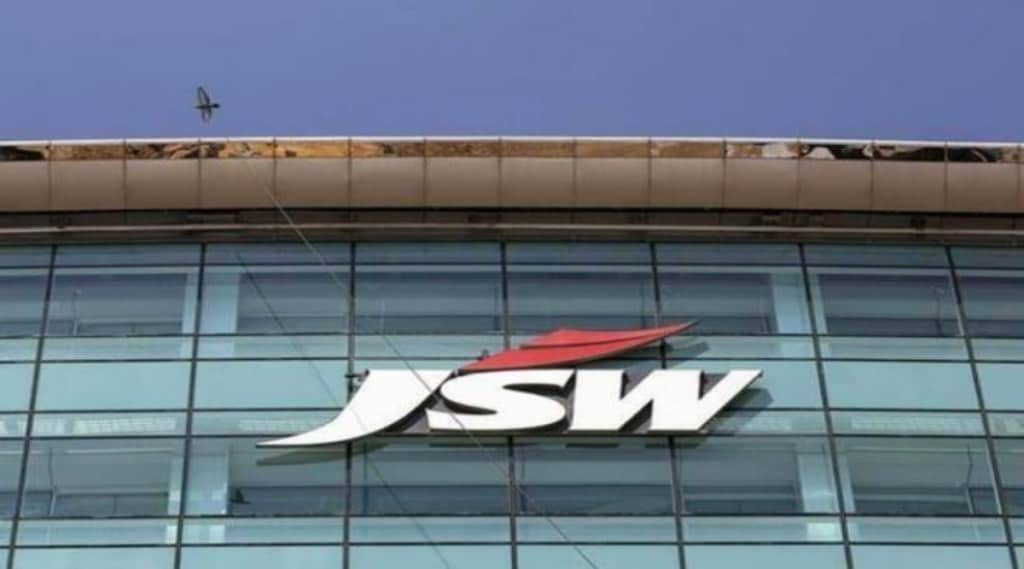The global situation on the steel pricing front is not very encouraging, with prices in Europe, the US and China on the decline. However, India is in a better position as production and demand are on the rise. With momentum expected to pick up, the second half (H2) of this fiscal would be much better for the sector, says JSW Steel joint managing director & group CFO Seshagiri Rao MVS.
“The prices of steel have come down globally, including in Europe, China and the US, leading to a cut in supply by these countries. India is in a better position because we are recording a rise in production and demand, and steel prices in the country are not going up,” Rao told FE in an interaction.
On the global front, supplies are getting adjusted with production already lower by 68 million tonne, and steel prices may be stable in the future.
“Steel prices may not go down any further as iron ore and coking coal are not going down, and that’s why the downside to steel is less.”
“As far as India is concerned, H2 was always better than H1 as demand will pick up post monsoon and post the festival season. The fourth quarter is the best of the four quarters, while the momentum will start picking up from Q3. Coking coal prices are now lower than Q2, and lower costs will result in higher volumes. More volumes, lower costs and a good demand will result in a good H2,” he said.
Also Read: Don’t see further price correction: JSW Steel
In the short term, there seems to be a slowdown in the global economy, impacted by inflation and elevated energy costs. There are bottlenecks on the supply side and under-investment in energy and attempts to moderate or kill demand. “Now there is the fear of stagflation or eventually recession.”
On its part, JSW Steel has put its plans to sell off its loss-making facilities in the US on the backburner.
“We will continue to operate it as this is not the right time to sell an asset. Now, the US government has announced an inflation-reduction programme on infrastructure spend, and it would be a matter of time before things would get normalised even in the US,” Rao added.
Out of the total capex spend of `15,000 crore earmarked for the current fiscal, the company has already spent about `6,800 crore in H1 of the fiscal and the remaining will be utilised in H2.
“There will be no further slash of capex this year,” he added.
At the start of this fiscal, JSW Steel had a capital outlay of Rs 20,000 crore for the year, an increase from Rs 15,000 crore spent in FY22. This, however, was cut to Rs 15,000 crore on the back of lower cash generation in June quarter.
JSW Steel was also looking at expanding its production capacities in India by adding another 10 million tonne per annum (mtpa) and increasing it to 37 mtpa by FY25. This was to be mainly funded through internal accruals. “There is no change in growth capex,” he said, referring to expansion of production capacities.
On the cheap import of Russian steel, he said there were about six incidents in Q2, but it is still not a concern for the industry.
JSW Steel has deployed 16 rakes so far under the Liberalised Special Freight Train Operator Scheme and has ordered another 12 rakes to be deployed in the next 18 months.

